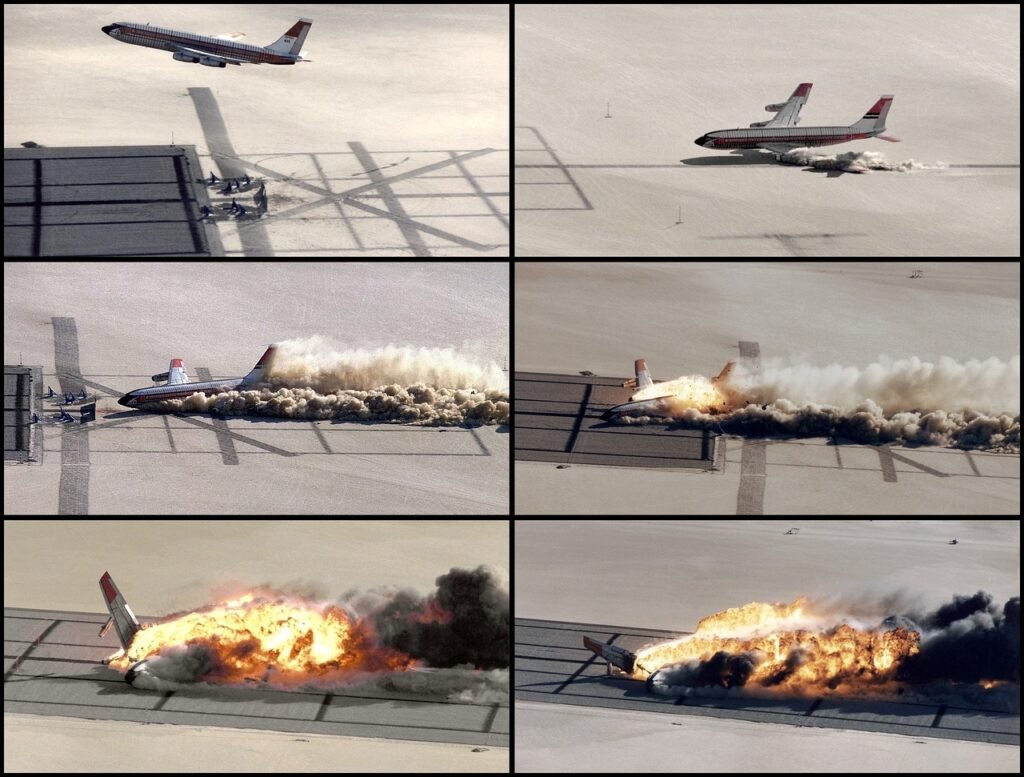The Norfolk coast has become the focus of national attention after reports of a light aircraft crashing into the sea off Hemsby Gap. The incident, which triggered a large-scale search and rescue operation, has raised questions about aviation safety and the risks associated with small aircraft. As authorities continue to investigate, the story has resonated with many across the UK, highlighting both the unpredictability of such events and the professionalism of local emergency services.
The Incident: What Happened Off Hemsby Gap?
On 22 June 2025, the Humber Coastguard received an emergency call around 12:34 BST, reporting that a small aircraft was experiencing difficulties approximately three nautical miles (about 5.6 kilometres) from the Hemsby Gap shoreline. The aircraft reportedly sent out a distress beacon before plunging into the North Sea, prompting an immediate response from the coastguard and lifeboat crews.
Amanda Deeks from Hemsby Lifeboat confirmed that teams from Caister and Gorleston quickly joined the search, supported by a helicopter from the Humber Coastguard. All vessels in the area were asked to assist, as the exact type of aircraft and the number of people on board remained unclear. The lifeboat teams, aware of the seriousness of the situation, prepared for a potentially lengthy search operation.
Despite the rapid deployment of resources and the use of advanced search equipment, no evidence of the missing plane or its occupants was found in the hours following the crash. It was also not clear whether a life raft had been deployed after the aircraft entered the water, adding to the uncertainty and concern for those involved.
The Search Operation: A Community Mobilised
The response to the Hemsby incident showcased the dedication and coordination of the UK’s maritime rescue services. Lifeboat crews from multiple stations, the coastguard helicopter, and local vessels all worked together in challenging conditions. Amanda Deeks noted that the teams might be searching for an extended period, given the lack of concrete information and the vast area to cover.
The search was eventually stopped after no trace of the aircraft or any passengers was discovered, despite the initial distress signal and reports from witnesses. The decision to halt operations is always difficult, especially for families and communities left without answers. The incident remains under investigation, with authorities likely to review radar data, flight plans, and any other available evidence to determine what happened.
Aviation Safety in 2025: Broader Context
The Hemsby crash comes during a year when aviation safety has been under increased scrutiny. Globally, 2025 has seen a notable number of aviation incidents, with at least 49 aircraft crashes reported and 529 fatalities recorded so far. While commercial aviation remains statistically one of the safest forms of transport, the majority of incidents involve small private planes, cargo aircraft, or non-commercial flights.
In the UK, experts and officials continue to reassure the public that air travel is far safer than road or rail journeys. The National Safety Council and UK government statistics show that fatalities on the roads far outnumber those in the air. In 2023 alone, more than 1,500 people died on UK roads, compared to the much lower figures for aviation-related deaths.
Despite these assurances, every incident—especially those close to home—raises questions about pilot training, aircraft maintenance, and emergency preparedness. The aviation industry has responded to recent trends by increasing pilot training hours, tightening aircraft maintenance checks, and investing in new safety technologies.
Causes and Challenges: Why Do Small Aircraft Crash?
Investigations into small aircraft accidents often reveal a combination of factors. Technical failures, human error, adverse weather, and even bird strikes can contribute to a loss of control or forced landings. Unlike commercial jets, small planes are more susceptible to sudden weather changes and mechanical issues, and they lack the redundancy systems found on larger aircraft.
Experts note that many incidents categorised as “plane crashes” involve hard landings, runway overruns, or emergency landings where passengers are unharmed. However, when a small aircraft goes down over water, as in the Hemsby case, the chances of survival can be slim, and recovery operations become much more complex.
Community Impact and the Human Story
For the Hemsby community and the wider Norfolk area, the incident has been a stark reminder of the risks faced by those who fly and those who work to keep others safe. The outpouring of support for the search teams reflects the region’s close ties to the sea and its tradition of volunteerism and resilience.
Local news outlets and social media have been flooded with messages of thanks for the lifeboat crews and coastguard, as well as expressions of sympathy for those affected. The lack of closure for families is especially hard, and the community continues to hope for answers as the investigation proceeds.
Conclusion
As the search for answers continues, the Hemsby plane crash highlights the importance of robust safety protocols and the value of well-trained emergency responders. While aviation incidents can never be entirely eliminated, the UK’s commitment to high safety standards and rapid response remains clear.
Travellers and residents alike are reminded that, despite rare tragedies, flying remains one of the safest ways to travel. The dedication of those who respond to emergencies—often at great personal risk—serves as a powerful reassurance in uncertain times.
The story of the Hemsby crash is still unfolding, but it has already left a mark on Norfolk and beyond. As investigations continue, the hope is that lessons learned will further improve safety and provide comfort to those affected by this and other aviation incidents.
To read more click here


1 Comment
Pingback: 5 Tips To Know Before Renting A Yacht - Inat Box APK